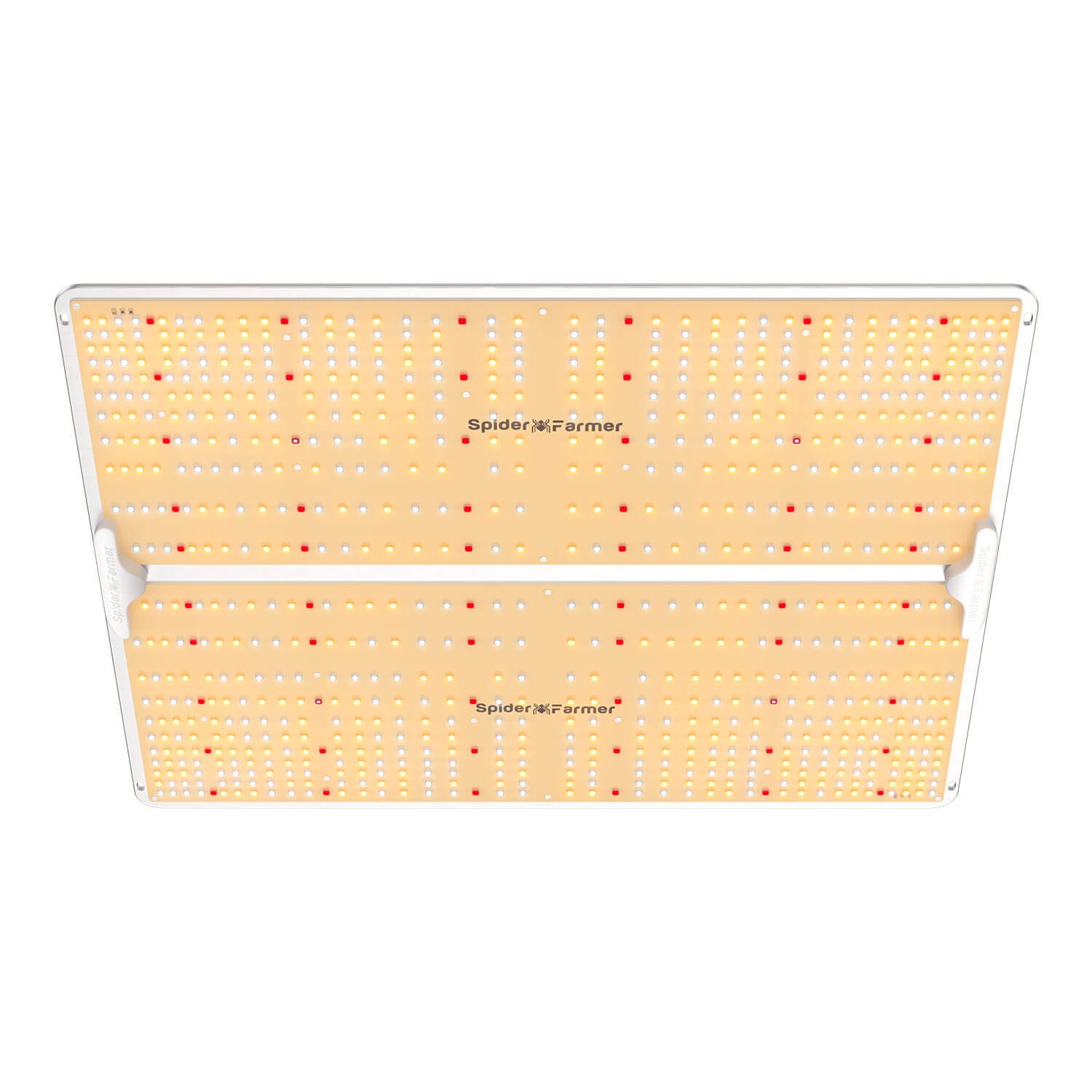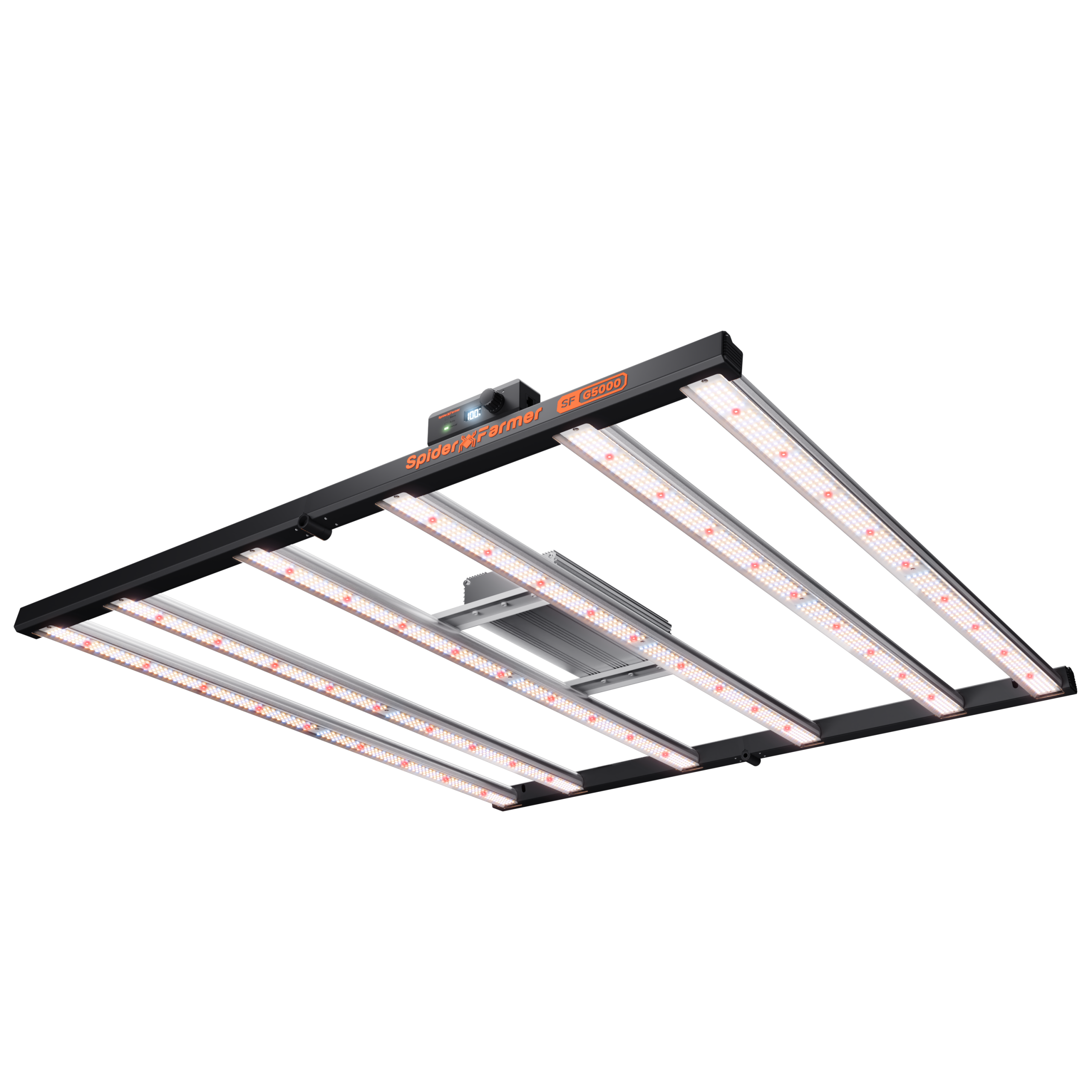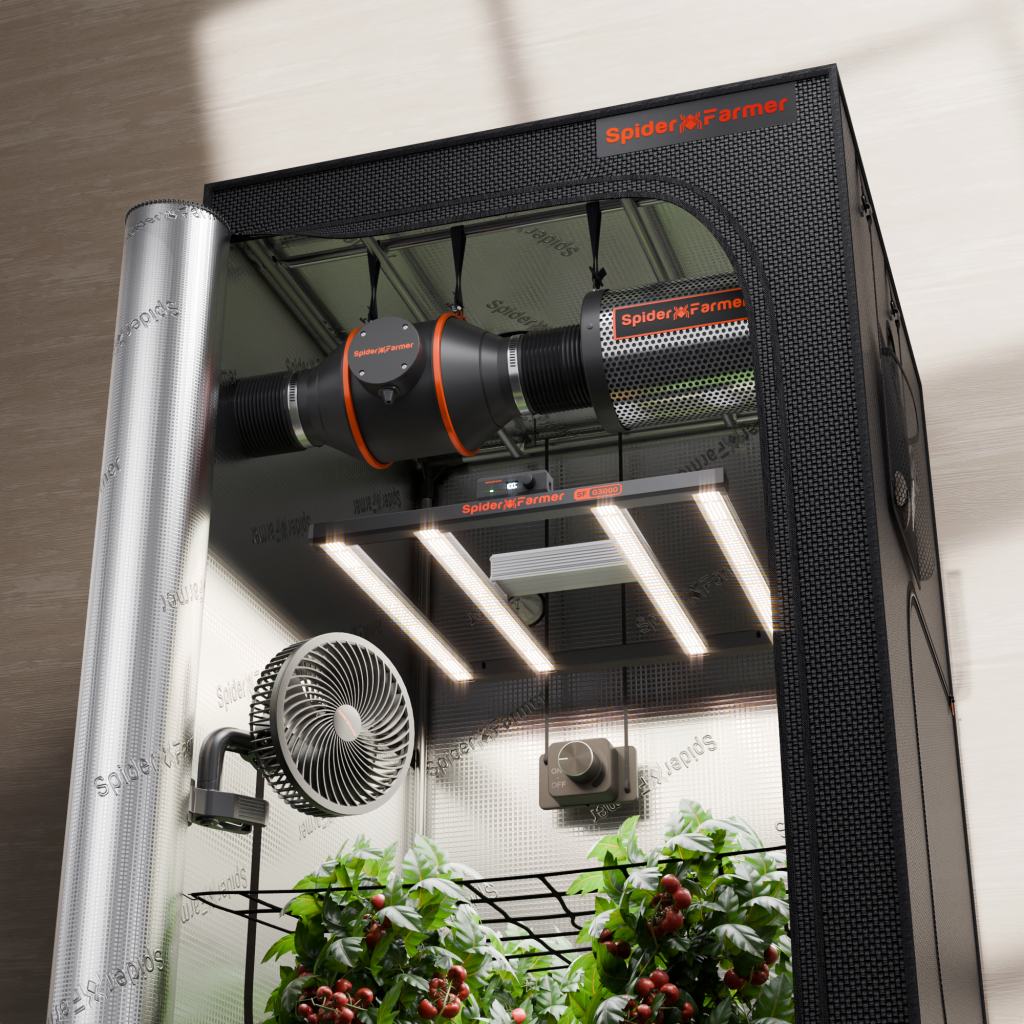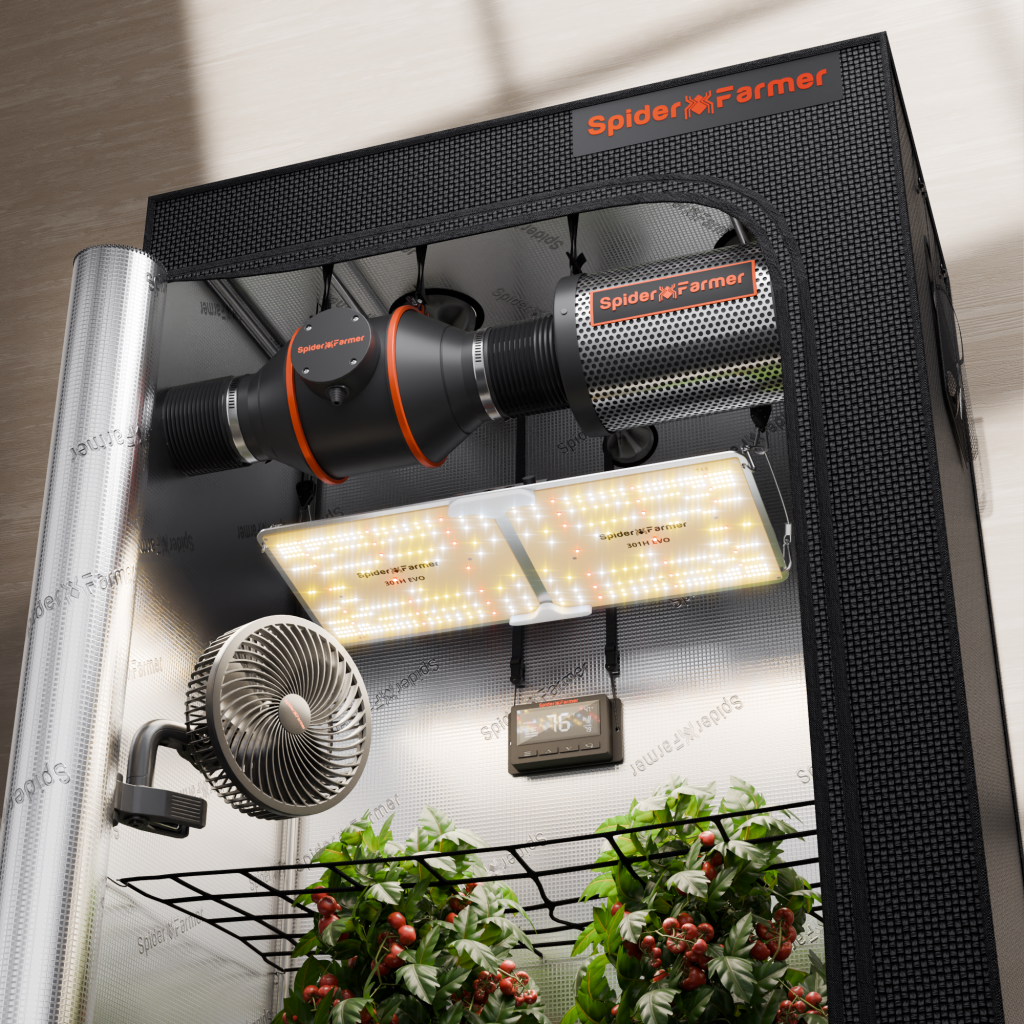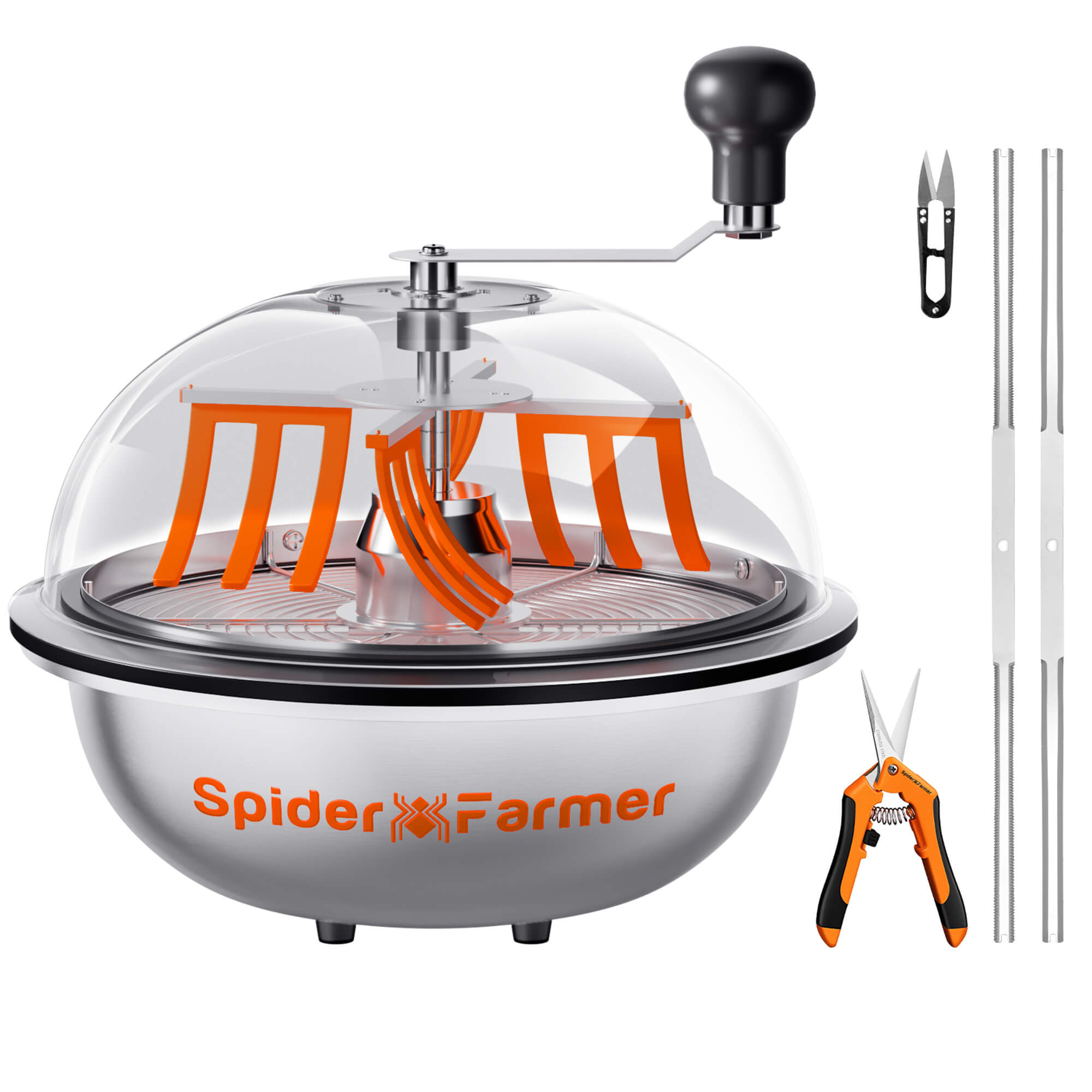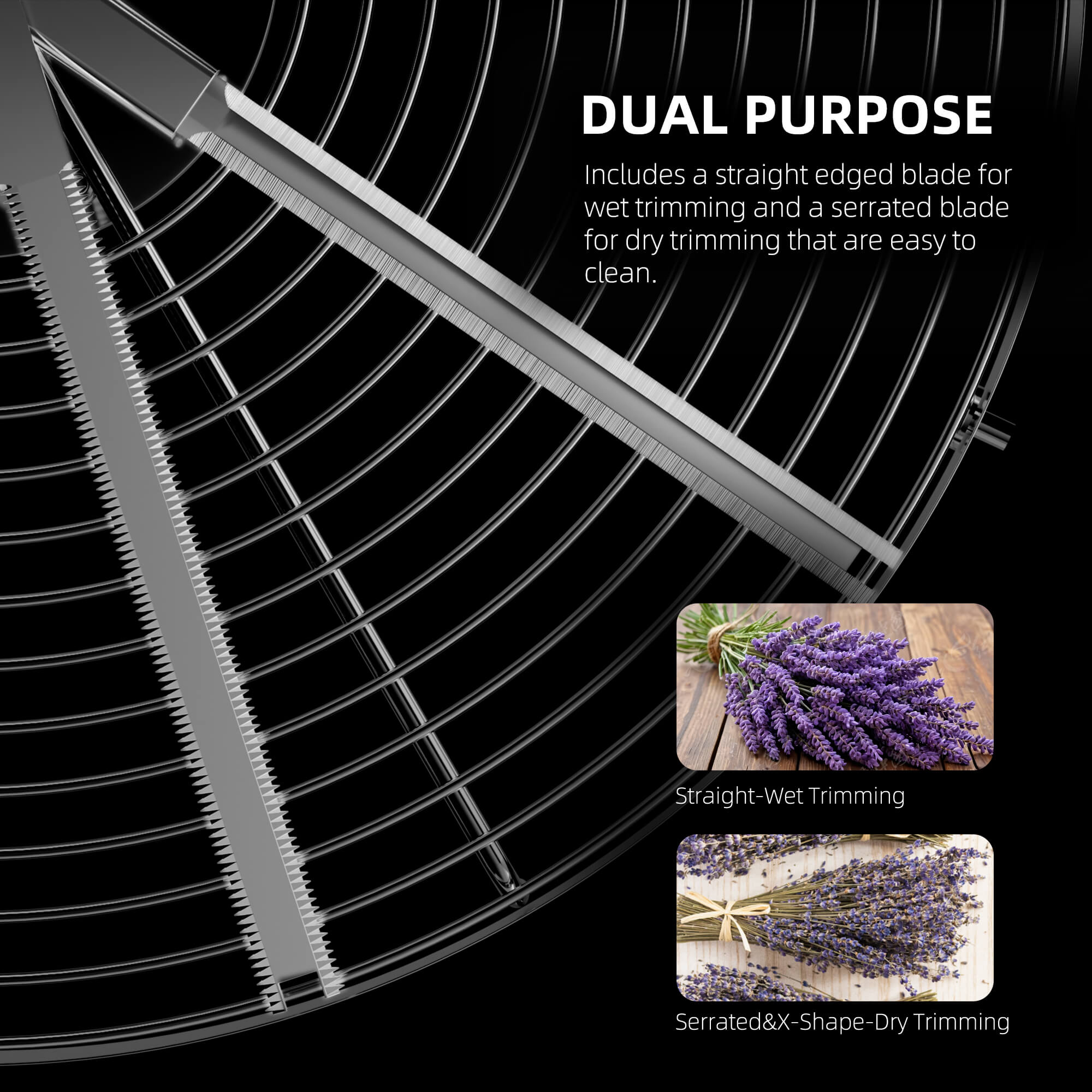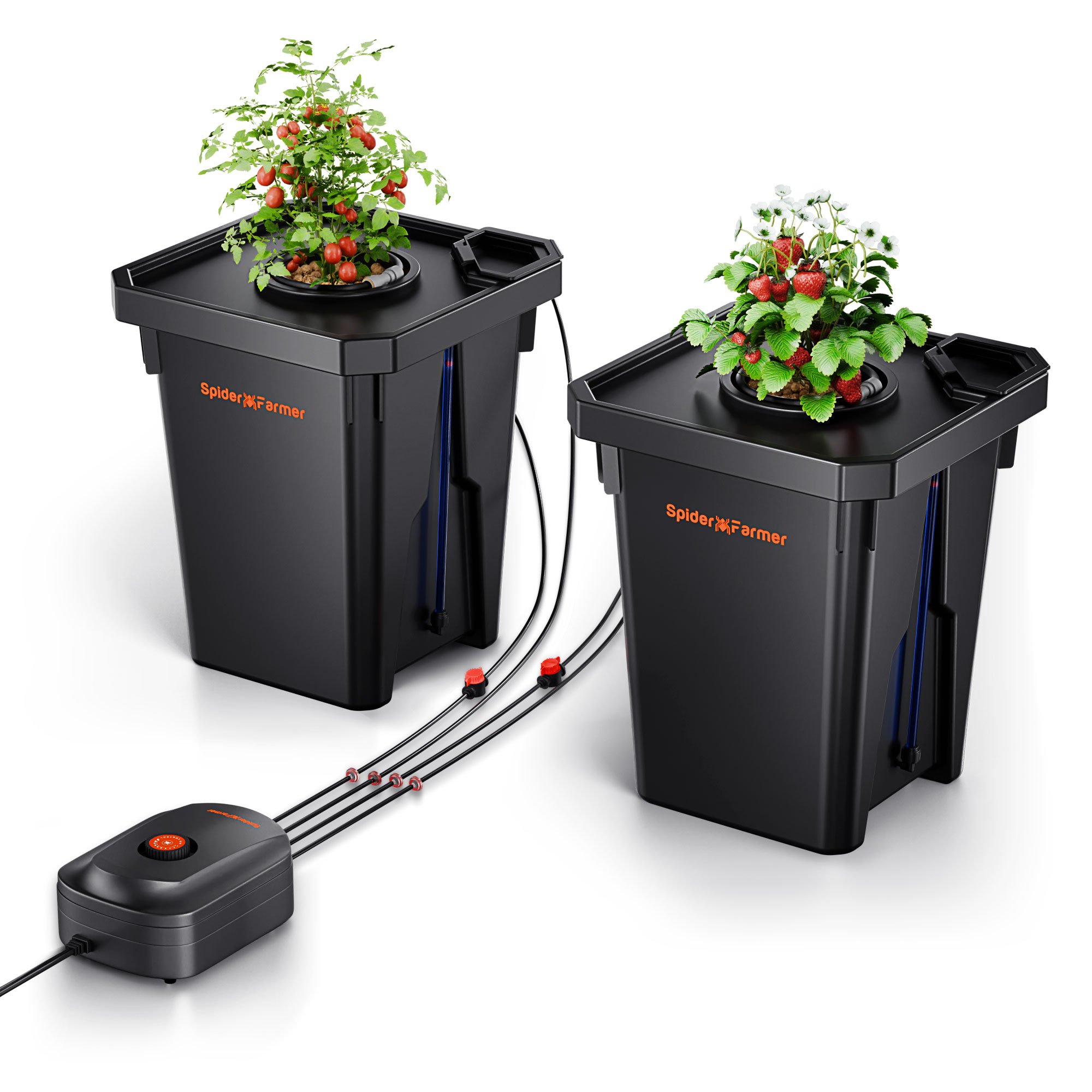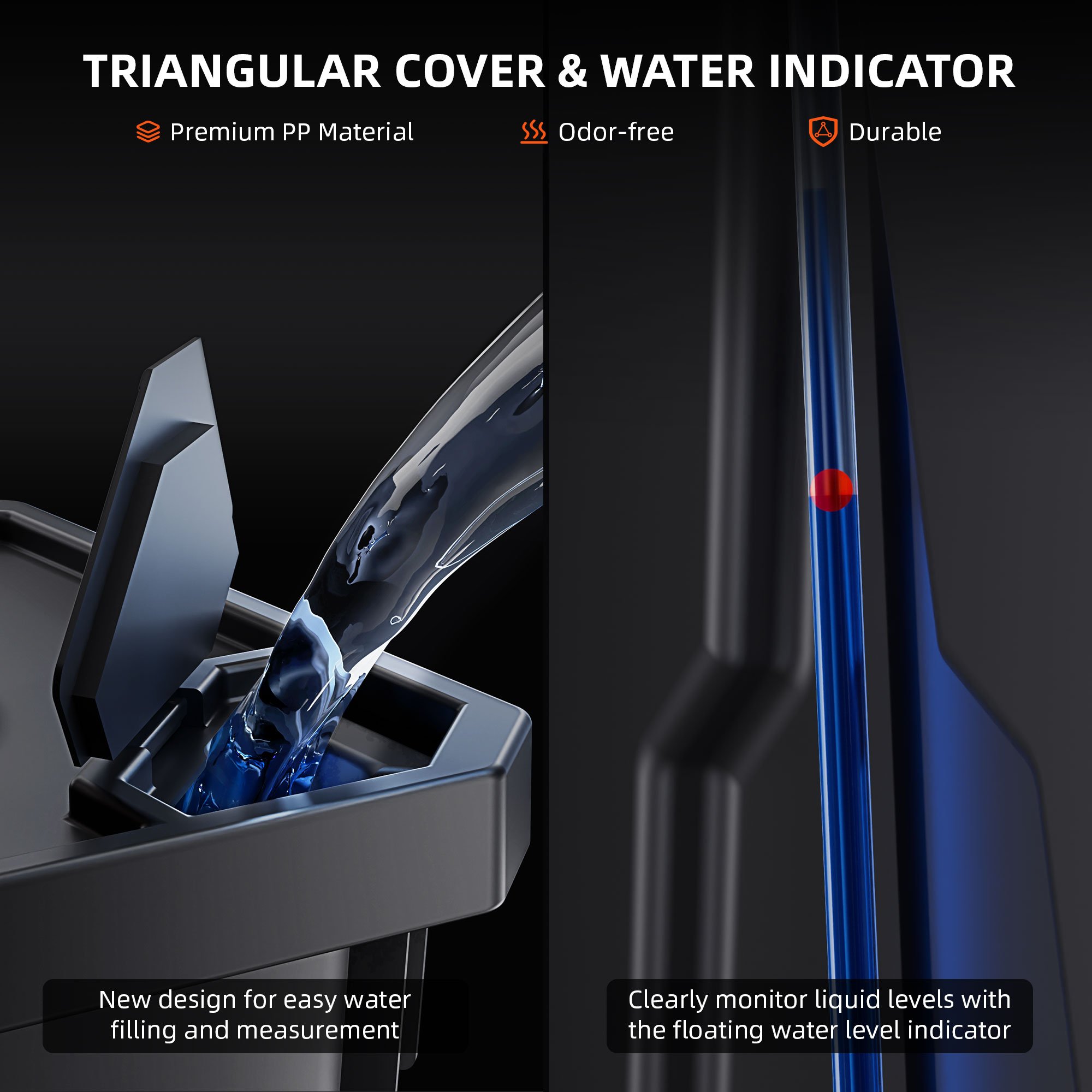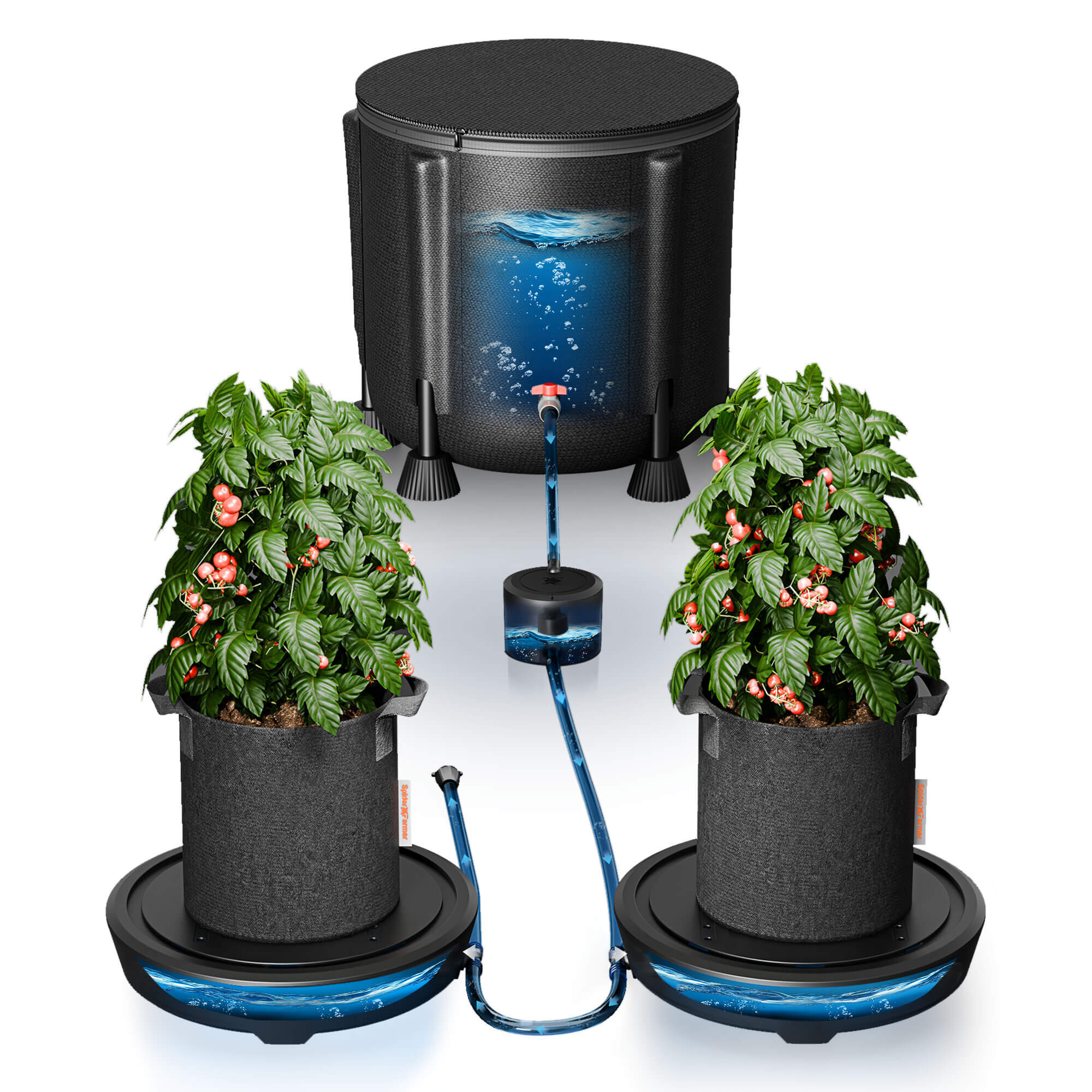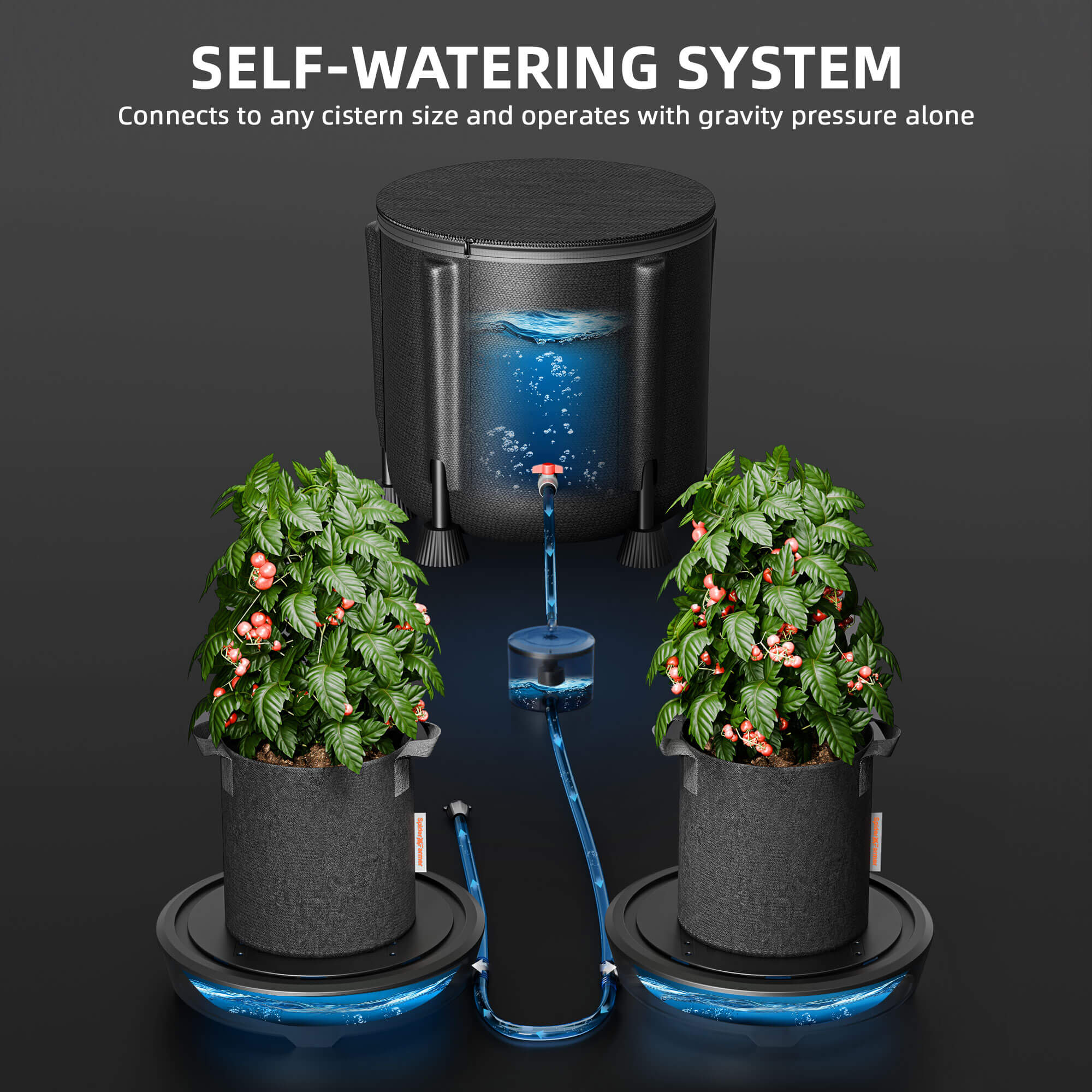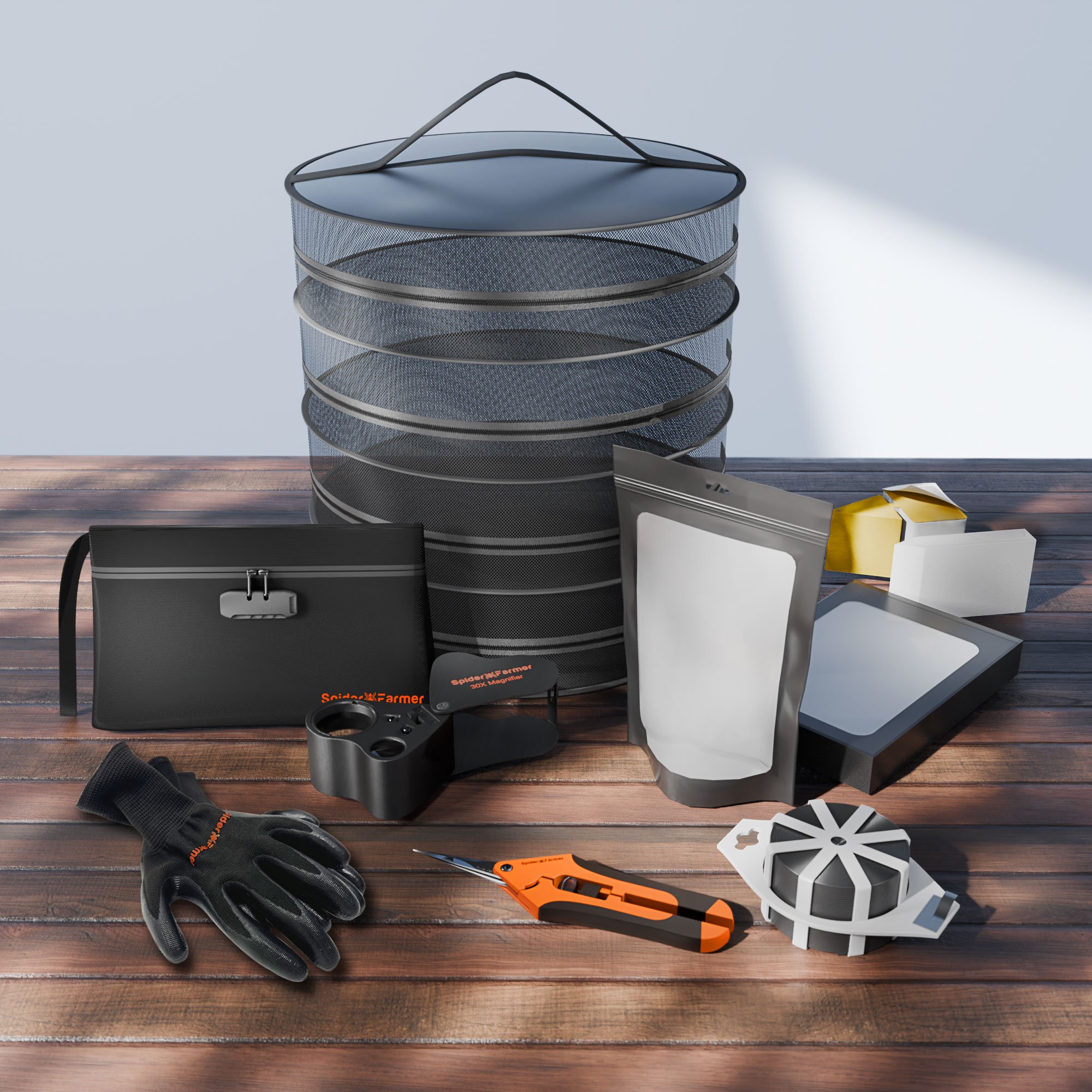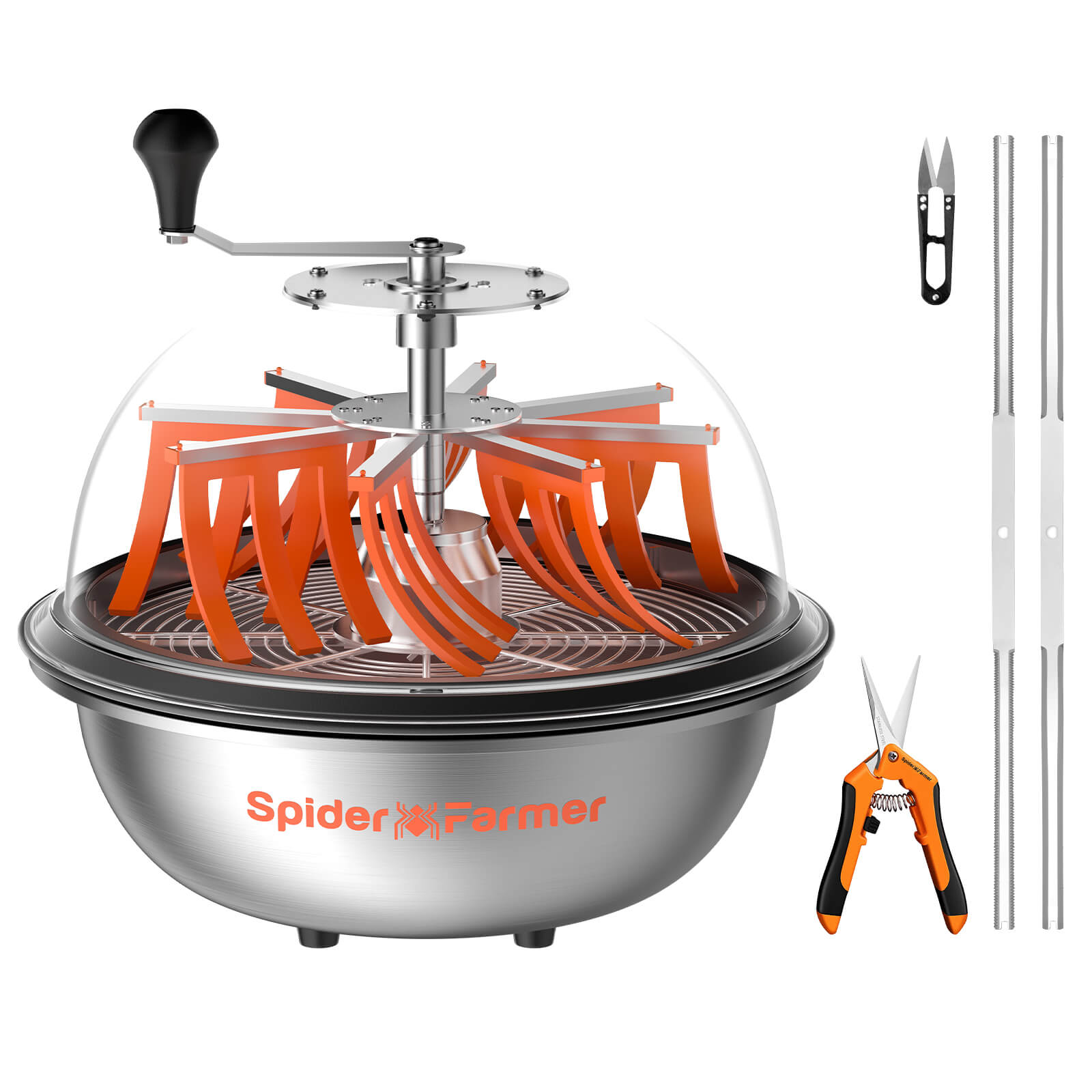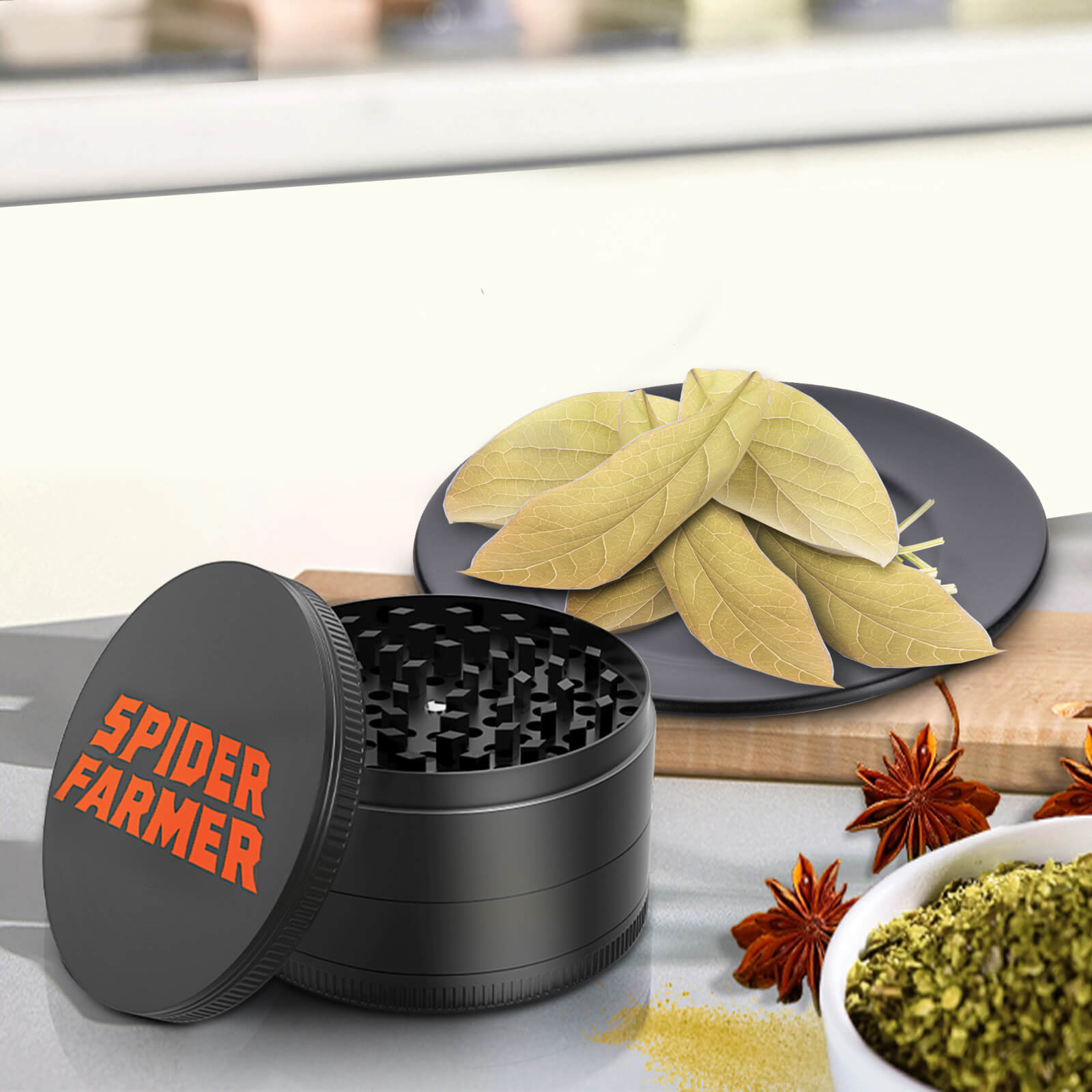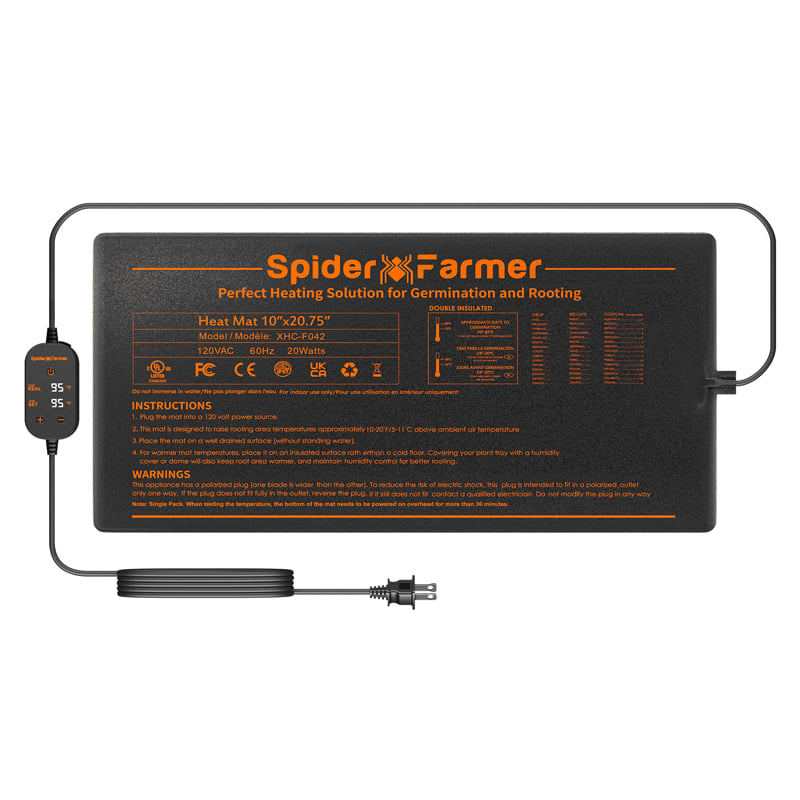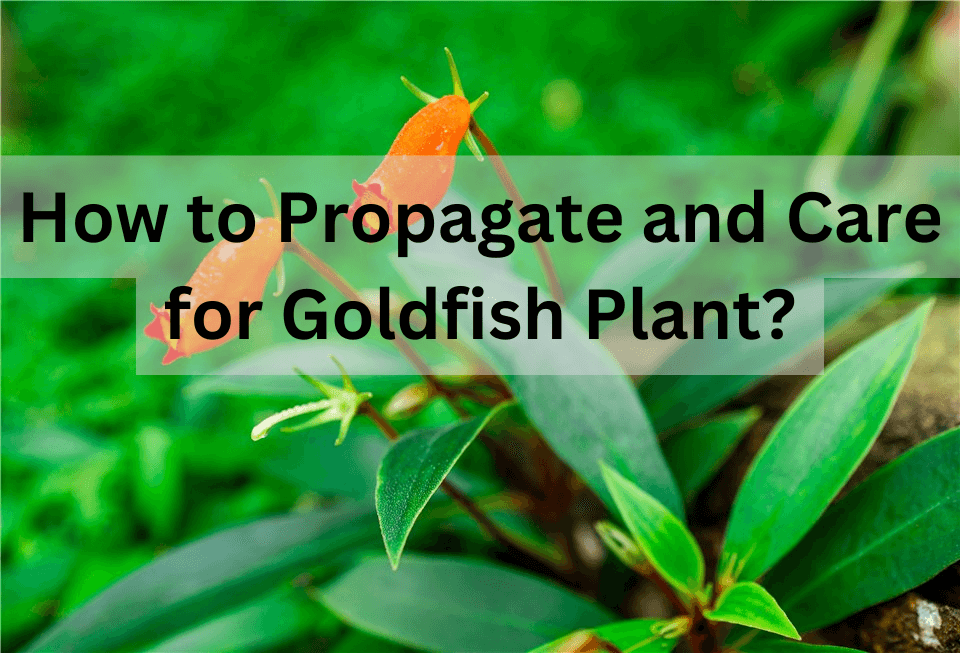The goldfish plant, whose scientific name is Columnea gloriosa, is a popular houseplant native to the rainforests of Central and South America. It gets its name from its distinctive, bright orange or yellow flowers that resemble goldfish, making it a visually striking addition to indoor gardening and vertical gardening.
The lifespan of a Goldfish plant can vary, but with proper care, it can live for several years, often ranging from 3 to 5 years or more. Factors such as light conditions, humidity levels, watering frequency, soil requirement, and overall plant health play significant roles in determining its longevity. Providing optimal care — like maintaining high humidity, ensuring well-draining soil, and regular feeding during the growing season can help your goldfish plant thrive and potentially extend its lifespan.
In this article, we’ll take a closer look at Goldfish plant varieties, Goldfish plant propagation, Goldfish plant care as well as frequently-asked qustions by Goldfish plant growers.
Table of Contents
Goldfish Plant Varieties
Goldfish plants are beloved for their unique, vibrant flowers that resemble playful goldfish. With several captivating varieties available, each offers distinct characteristics in terms of flower color, leaf shape, and growth habits. From the classic goldfish plant to intriguing hybrids with variegated foliage, these varieties provide various different options for every plant enthusiast.
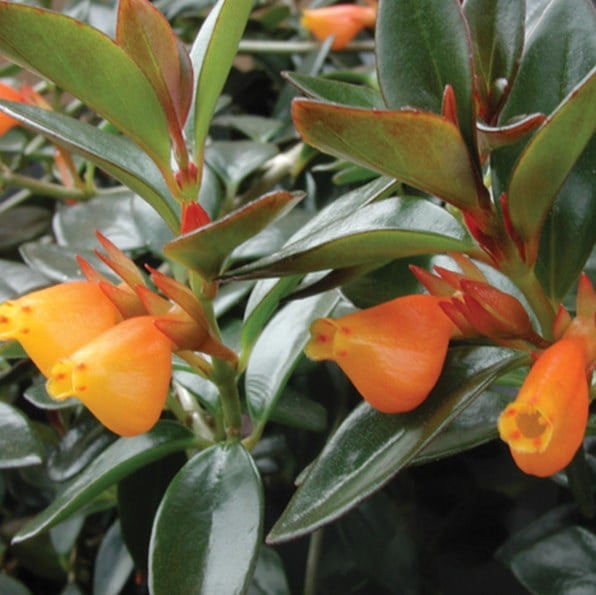
Goldfish Plant Varieties
- Columnea gloriosa: This is the classic variety known for its bright orange or yellow, goldfish-shaped flowers and lush green foliage. It typically features a trailing growth habit.
- Columnea 'Giant Goldfish Plant': This variety has larger leaves and flowers compared to the standard C. gloriosa. It produces striking, vibrant blooms and can grow more vigorously.
- Columnea 'Red Goldfish Plant': This variety showcases flowers with a deeper red hue, providing a dramatic contrast to its dark green leaves. It still retains the characteristic goldfish shape.
- Columnea 'Mikado': Featuring variegated leaves with creamy edges, this variety adds visual interest even when not in bloom. Its flowers are similar in shape but usually smaller.
- Columnea 'Corymbifera': Known for its bushy growth habit, this variety produces clusters of flowers and has a more compact form, making it suitable for smaller spaces.
Goldfish Plant Propagation
You can share you Goldfish plants with your friends and family by propagating them. This won’t cost you extra money but strengthen your connections and spread the joy of gardening. Besides, Goldfish Plant propagation also enables you to maintain the health of your goldfish plant and enhance your space with more vibrant foliage and flowers. By taking cuttings and allowing them to root, you can rejuvenate older plants and prevent overcrowding. Here are the steps to propagate Goldfish plants.
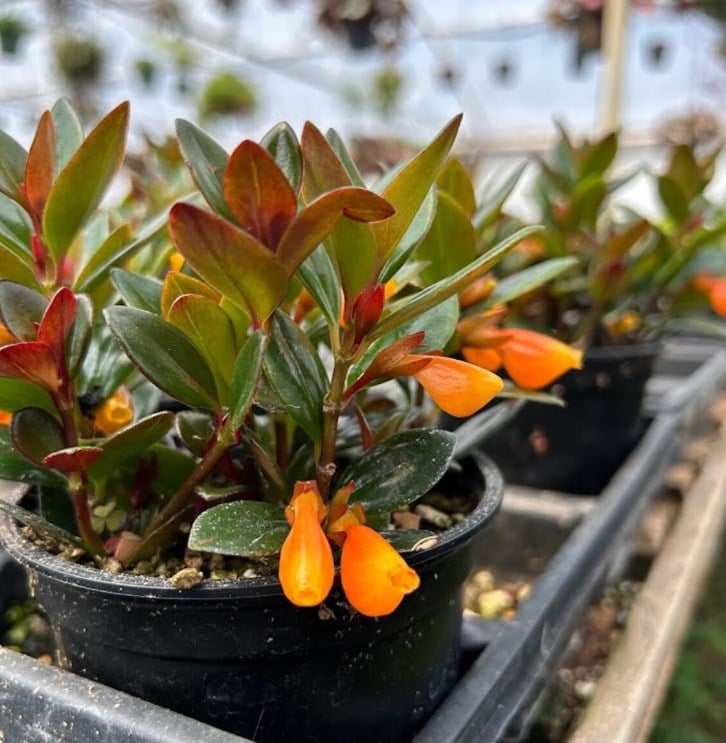
Goldfish Plant Propagation
- Goldfish plants are best propagated through stem cuttings. Choose healthy, non-flowering stems that are about 4-6 inches long
- Use clean, sharp scissors or pruning shears and cut the stem just below a leaf node. This node is where roots will develop. Meanwhile, remove any lower leaves from the cutting to prevent them from rotting in the soil or water.
- Choose a Goldfish Plant propagation method:
- Water Propagation: Place the cutting in a glass of water, ensuring the node is submerged. Change the water every few days until roots develop.
- Soil Propagation: Plant the cutting directly in a small pot filled with well-draining potting mix. Water lightly.
- Place the cutting in a warm, bright area with indirect light. If propagating in soil, cover the pot with a plastic bag to maintain humidity.
- Keep the soil or water moist and watch for new growth, which indicates that rooting has occurred. This may take a few weeks.
Goldfish Plant Care
It is easy to care for a goldfish plant indoors. In general, this plant is well-suited for indoor environment and requires basic care practices, such as providing bright indirect light, maintaining high humidity, and ensuring well-draining soil. Keep reading and learn how to care for a goldfish plant in different aspects. With its manageable requirements, the goldfish plant can be a delightful and rewarding addition to your home.
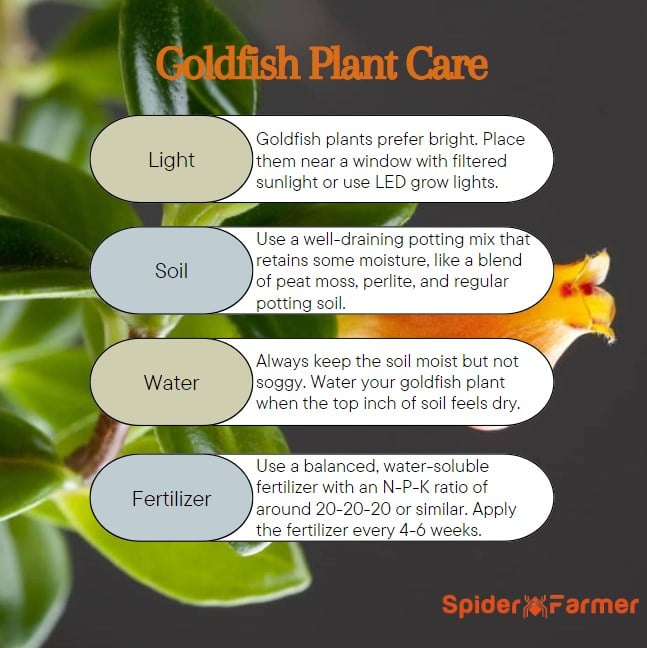
Goldfish Plant Care
Goldfish Plant Light Requirements
Goldfish plants prefer bright, indirect light rather than direct sunlight or deep shade. A location near a north or east-facing window is ideal, as it provides ample light without the harshness of direct sun. When growing and caring for Goldfish plant, you’re suggested to place them near a window with filtered sunlight and avoid direct sunlight - this can result in leaf scorch. They can also benefit from LED grow lights, especially during the autumn and winter months when natural light is limited.
Goldfish Plant Soil Requirements
Use a well-draining potting mix that retains some moisture, such as a blend of peat moss, perlite, and regular potting soil. Ensure the pot has drainage holes to prevent water from accumulating at the bottom, which can lead to root rot.
Goldfish Plant Water Requirements
Keep the soil consistently moist but not soggy. Water generously during the growing season - spring and summer, while in winter, reduce watering frequency as the plant enters a dormant phase. As for how often to water Goldfish plant? Our suggestion is to water your goldfish plant when the top inch of soil feels dry. Typically, this means watering once a week, but the frequency can vary depending on environmental conditions such as humidity and temperature.
Goldfish Plant Fertilizer
The Goldfish plant benefits from regular fertilization during its growing season, which typically spans spring and summer. Using a balanced, water-soluble fertilizer with an N-P-K ratio of around 20-20-20 or similar is ideal. Apply the fertilizer every 4-6 weeks, diluting it to half the recommended strength to avoid over-fertilizing, which can harm the plant. During the fall and winter months, when the plant’s growth slows down, reduce or stop fertilization altogether. This approach will help promote vibrant blooms and healthy foliage while ensuring that your goldfish plant remains thriving throughout the year.
FAQs About Goldfish Plant Care
In this part, we address frequently asked questions about the goldfish plant propagation and care.
When do goldfish plants bloom?
Typically, Goldfish plants bloom during the warmer months, primarily in spring and summer. Under optimal conditions—such as adequate light, humidity, and proper care—these plants produce vibrant, goldfish-shaped flowers that can appear multiple times throughout the growing season. With the right environment and regular maintenance, you can enjoy their striking blooms for several months, adding a colorful touch to your indoor space.
How to encourage a Goldfish plant to bloom?
To encourage a Goldfish plant to bloom, provide it with the right conditions, including bright, indirect light and high humidity. Ensure the plant is kept in a warm environment, ideally between 65°F and 80°F (18°C to 27°C), as this promotes flowering. Regular watering is essential, allowing the top inch of soil to dry out between waterings, while also avoiding waterlogging. During the growing season, feed the plant with a balanced, water-soluble fertilizer every 4-6 weeks to support blooming. Additionally, pruning any dead or yellowing leaves can help redirect energy toward flower production. By maintaining these optimal conditions and care practices, you can encourage your goldfish plant to produce its stunning, goldfish-shaped flowers.
Do Goldfish plants like to be misted?
Yes, goldfish plants appreciate being misted because they thrive in high humidity conditions. Misting the leaves helps to increase humidity around the plant, which is beneficial for its overall health and can promote blooming. However, it's important to avoid excessive moisture on the leaves, as this can lead to fungal issues. Regular misting, especially during dry months or in low-humidity environments, can help keep your goldfish plant happy and thriving.
How to prune goldfish plant?
Pruning a goldfish plant is essential for maintaining its health and encouraging bushier growth. Begin by using clean, sharp scissors or pruning shears to avoid damaging the plant. Remove any dead or yellowing leaves to improve airflow and overall appearance. Additionally, trim back leggy stems to promote a fuller shape, making cuts just above a leaf node to encourage new growth. If your plant has become too large or unruly, you can also prune longer stems to your desired length. Regular pruning not only helps maintain the plant's shape but also stimulates blooming by redirecting energy to healthy growth.
Is Goldfish plant toxic to pets?
Goldfish plant is considered non-toxic to pets - cats and dogs. While it is safe to have around your furry friends, it's still wise to monitor them to prevent any chewing on the leaves and flowers. This is because an unexpected ingestion can occasionally lead to mild gastrointestinal upset. If you notice any unusual symptoms after your pet interacts with the plant, it's best to consult your veterinarian. Overall, the goldfish plant is a safe option for households with pets.


